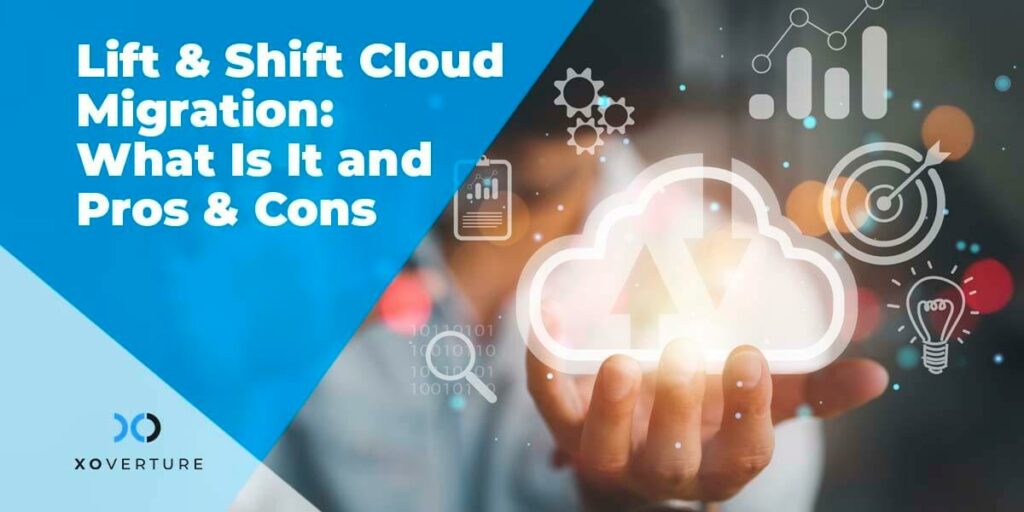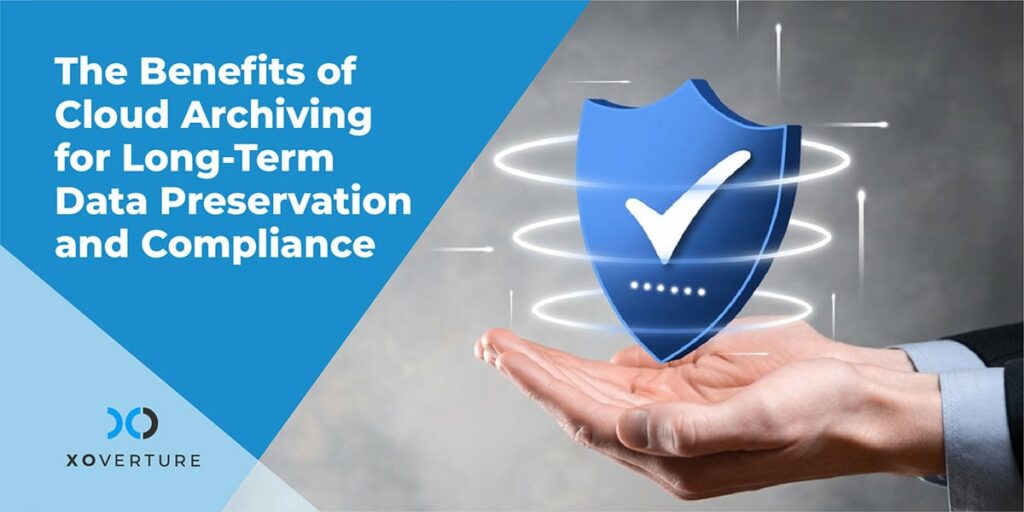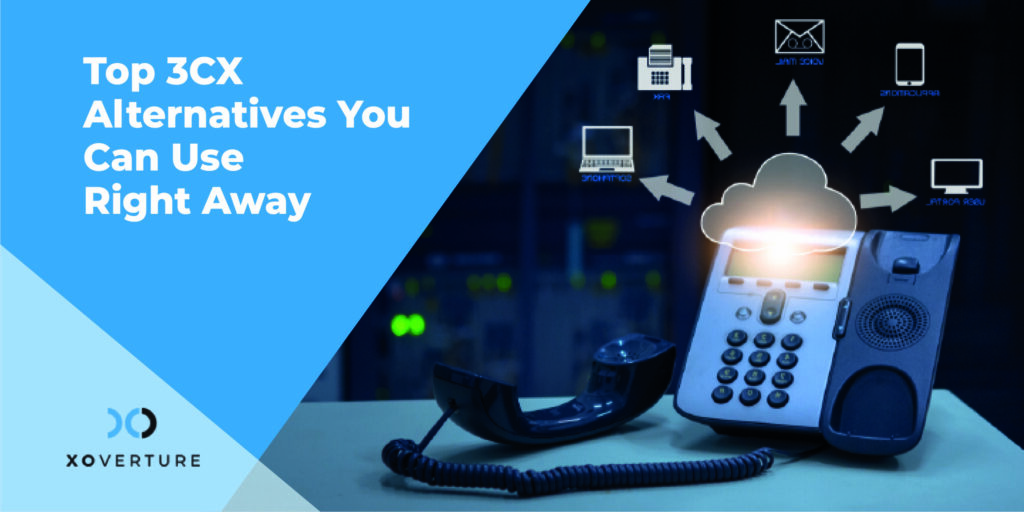The practice of shifting an exact copy of an application or workload (together with its data storage and operating system) from one IT environment to another—usually from on-premises to public or private cloud—is known as “Lift and Shift.” In other words, migrating an existing workload to the cloud is simply known as ‘Lift and Shift’, also known as ‘rehosting’. It’s considered one of the easiest and least expensive cloud migration strategies.
The lift and shift technique allow for a speedier, less labor-intensive, and (at least initially) less-costly migration than other processes because it entails no changes to application architecture and little or no changes to application code. It’s also the quickest and least expensive way for an organization to start shifting IT dollars from capital expense (CapEx) to operational expense (OpEx) in order to launch a hybrid cloud strategy and start taking advantage of the Cloud’s more cost-effective and expandable computing, storage, and networking infrastructure.
Any number of factors can influence your decision to migrate to the cloud, including application compatibility, risk management, performance, high availability requirements, and prices. To figure out which technique is ideal for your project, think about all of the different application components and how they interact with one another.
Pros and Cons of Lift and Shift Migration
Let’s take a closer look at this cloud migration approach and explore its benefits and drawbacks.
Pros
- Cost-Effective: Lift and shift is a quick, cost-effective, and least disruptive migration method. It allows you to move swiftly without having to dedicate a huge crew to the process. The on-premises application can be left in place during the migration to ensure that service is not disrupted and that users have the same experience.
- Potential for Enhanced Performance: Lift and shift give you the option of running apps on updated, higher-performing hardware without having to buy it yourself. Workloads that require expensive hardware (for example, graphics cards or HPC) can be shifted directly to cloud-based specialist Virtual Machines, which will provide corresponding capabilities.
- Expanded Capacity While Consolidating On-premises: On a pay-per-use basis, add compute capacity, storage, and additional network bandwidth from the cloud while consolidating your on-premises data center architecture and costs.
- On-demand Scalability: Lift and shift can help your company scale an application without having to buy and deploy more computing resources. You won’t need to overprovision hardware to accommodate peak traffic periods, either.
- Cost-cutting Elasticity: Some applications may benefit from cloud elasticity, which allows resources to be automatically spun up and down to match demand. The more elasticity your cloud has and the more your application can make use of it, the more money you’ll save by just using the resources you need at any one time.
- Enhanced Security: Even legacy apps may be able to benefit from cloud security services like role-based access control, multifactor authentication, and unified hybrid security processes once they’ve been transferred.
- Reduced Expenses and Headaches Associated with On-premises Data Centers: The more apps you can migrate to the cloud, the faster you can reduce your on-premises infrastructure and the costs associated with managing and maintaining it.
- A Straightforward First Step toward a Hybrid Cloud Environment: Lift and shift is a simple technique to migrate the applications that are most ready and best suited to the cloud to a private or public cloud while keeping other workloads on-premises. You can manage the platforms as a single, efficient infrastructure with the right management tools.
Cons
- Moving on-premise applications to the cloud with lift and shift requires minimal effort. However, it rarely offers all of the benefits of a genuine cloud platform.
- The lift and shift method relocates applications to a completely new environment without requiring any changes. As a result, after migration, on-premises and legacy projects may have latency or performance difficulties.
- If organizations do not accurately translate application needs to cloud features, the migration effort will be bound to fail.
- A good operational design and proper documentation of the requirements are also essential. After migrating an application with any known issues, there may be an increase in risks.
Roads to Use the ‘Lift and Shift’ Cloud Migration Model (The Five ‘R’s)
You are advised to assess a few things before considering Lift and Shift migration such as application lifespan, migration priority, migration plan, API access restrictions, etc. However, once you’ve decided to migrate to the cloud, the options can be overwhelming: IaaS vs. PaaS vs. SaaS? Here’s a look at each of the five cloud roads identified by Gartner.
- Rehost (IaaS). Lift and shift is basically infrastructure as a service (IaaS). You rehost your program in a different hardware environment without affecting the architecture of the app. Although migration is quick and inexpensive, continued operations might be pricey if you aren’t taking advantage of cloud economies.
- Refactor (PaaS). Platform as a service (PaaS) is another cloud migration technique. Your apps are hosted on the infrastructure of a cloud provider. Developers can reuse company-critical code by repurposing languages, frameworks, and containers. Missing capabilities, transitive risk, and framework lock-in are all disadvantages.
- Revise (IaaS). First, fulfill legacy-modernization requirements by changing or expanding existing code; then, migrate to the cloud via rehosting or refactoring. This implies you can take advantage of your provider’s infrastructure’s cloud capabilities—but not without some upfront development costs.
- Rebuild (PaaS). You re-architect an existing program by tossing out the code. The benefit is that you get access to the cutting-edge capabilities on the provider’s platform that boost developer productivity. If the situation gets untenable, the cost is either lock-in or leaving your application assets.
- Replace (SaaS). Replace your current application set with commercial software that is offered as a service (SaaS). When the needs of a business function change frequently, this strategy saves time and money by avoiding the need to mobilize a development team. However, concerns such as inconsistent data semantics, difficult data access, and vendor lock-in may arise.
How Can XO Help?
Choosing the right tools and techniques under the supervision of IT experts is required when you are planning to perform the Lift and Shift migration. This is where XO comes into the picture. From migrations to initial setup, and audits to security, XO ensures that your cloud migration journey goes smooth. The cloud migration experts at XO take care of the following:
Migrations
Anything from a single server to your complete IT infrastructure can be moved to the cloud. Our migrations are swift but careful, with the goal of minimizing disturbance to your present activities while avoiding overpaying and future complications.
Initial Setup
Maybe you switched to a cloud platform only to discover that setting it up was a little more difficult than you anticipated. We can set up cloud servers, databases, file storage, and a virtual network for you, as well as design and develop your entire cloud infrastructure.
Management
We’ll manage your cloud assets the same way we’d manage your on-premises setup. This could involve cloud-specific management tasks such as shutting down and restarting cloud servers.
Audits
We can do a general audit of your present cloud system or focus on specific areas of it. We can also look for cost-cutting options in your environment, such as unused licenses and other resources.
Private Cloud
On our own platform, we also provide cloud hosting. If you want more customizability, security, compliance, or affordability, this is an excellent choice. We can create an environment that is exactly what you want, right down to the hardware.
Security
If properly designed, managed, and monitored, cloud infrastructures can be even more secure than onshore IT. We’ll defend your cloud environments with the same zeal that we do with your on-premises systems.




